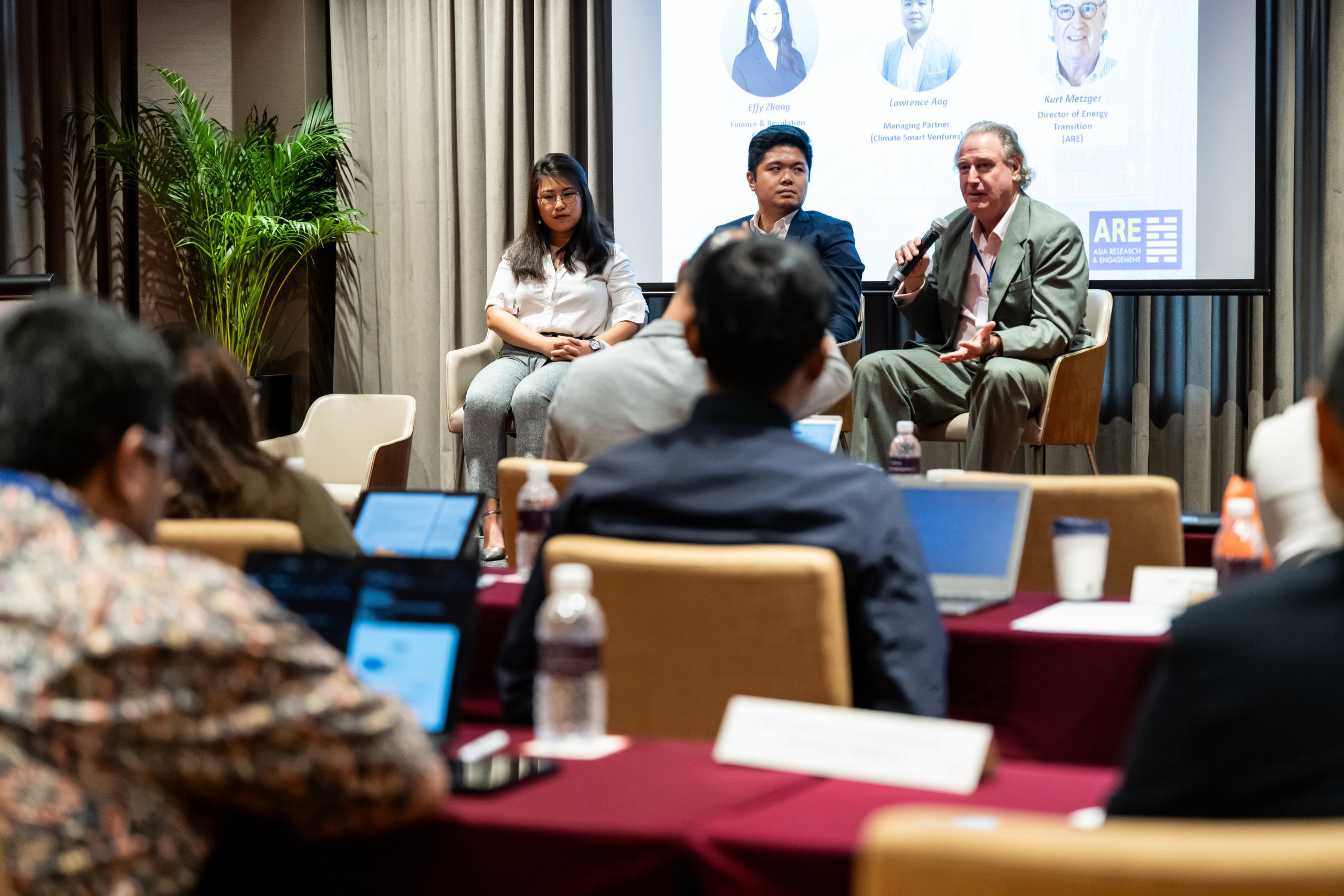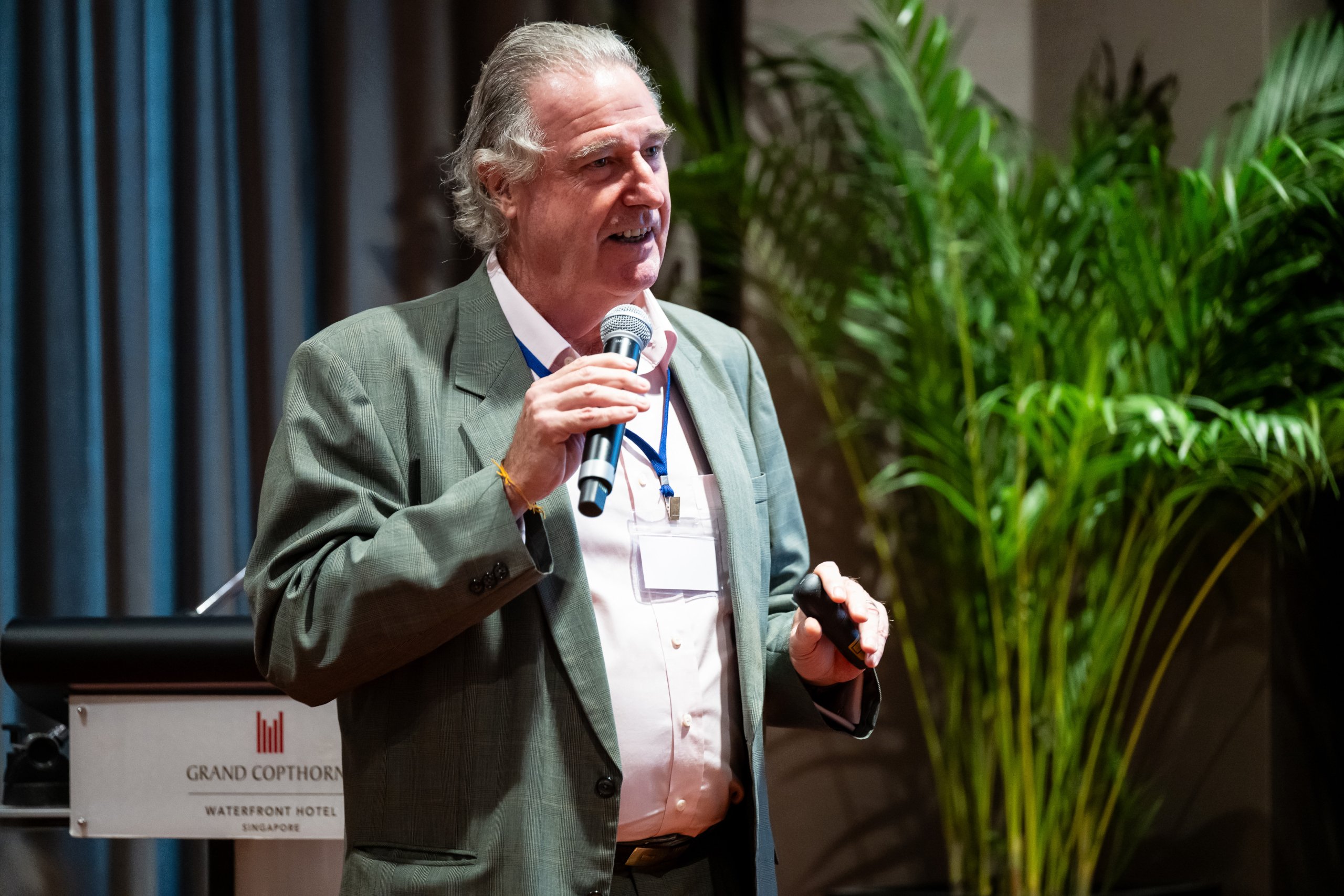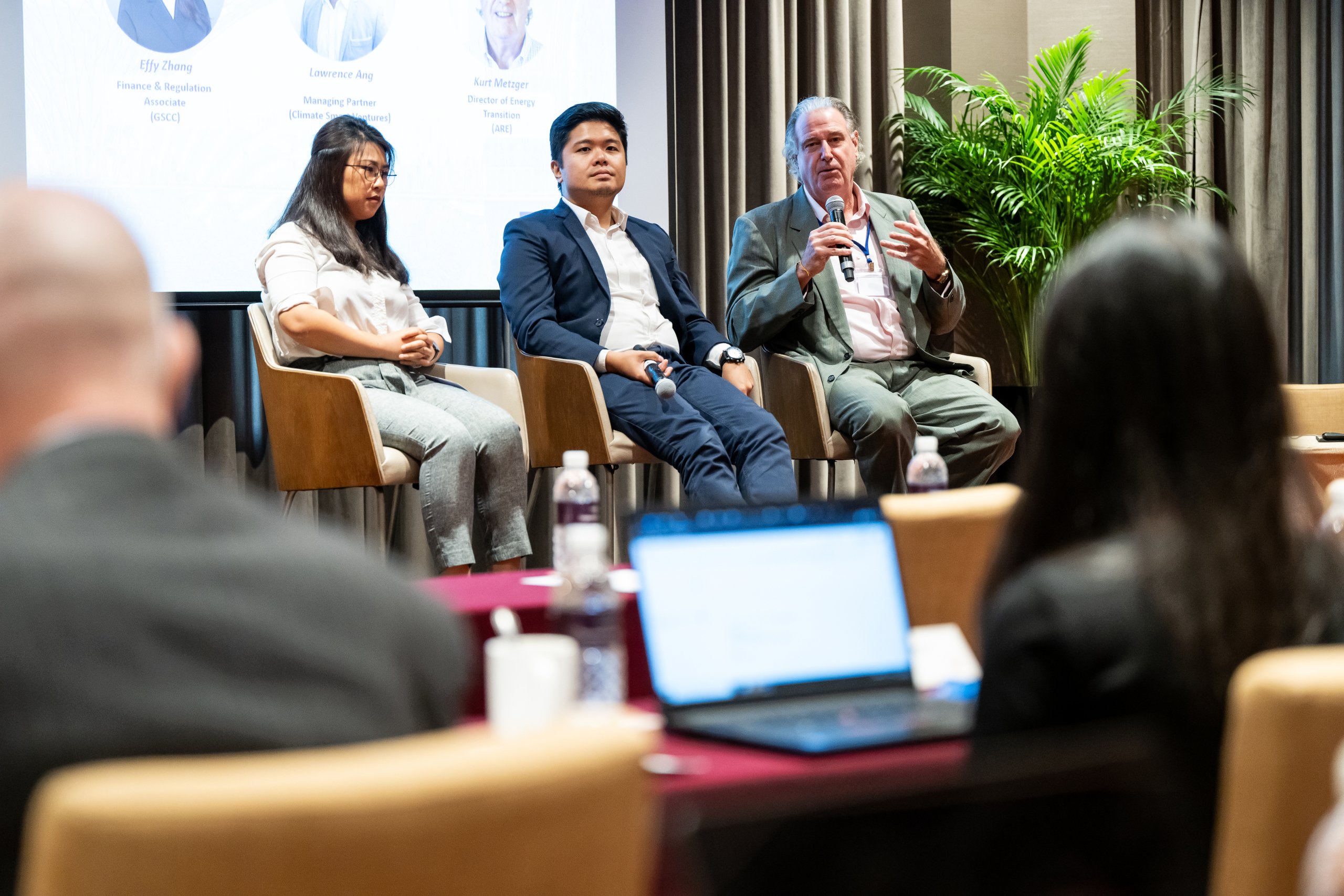
- Southeast Asia offers abundant opportunities for commercial financiers to participate in development-related investments to support the net zero goals of emerging economies in the region.
- A significant share of coal-fired power assets in the region have been built only recently, meaning that they are likely to be able to meet power needs well beyond 2040. Boosting development of renewables capacity, however, can enable an accelerated phase-out of these carbon-intensive assets.
- In this light, blended finance is a critical solution to kickstarting the energy transition in the region while also meeting growth in electricity consumption, although regulatory barriers to market entry for renewables in key economies will also need to be addressed.
The use of blended finance to unlock access to capital for Southeast Asian economies to transition from carbon-intensive power generation can be a key tool for policymakers in Southeast Asia, a group of journalists from ASEAN countries was told at a media event in Singapore organised by Asia Research and Engagement (ARE) in June.
The panellists, Kurt Metzger, ARE energy transition director, and Lawrence Ang, managing partner at Climate Smart Ventures, stated at a seminar on blended finance at the event that opening access to private capital can assist in getting Southeast Asian economies on a net zero emissions pathway for their power systems.
In particular, blended finance mechanisms can help to facilitate the earlier retirement of coal-fired power capacity, especially if they include provision for utilities to replace that lost fossil-fuel based capacity with renewables, such as solar and wind.
The OECD defines blended finance as “the strategic use of development finance for the mobilisation of additional finance towards sustainable development in developing countries,” with additional finance referring to accessing capital from commercial sources.
The purpose of blended finance, according to the multilateral agency, is therefore to direct commercial finance towards development-related investments in a way that will provide a return for financial institutions.
In the context of the energy transition in Southeast Asia, a key use for blended finance would be to help accelerate the shift to renewables in the power sector, an issue of particular relevance to the Asian region, especially among key large ASEAN economies such as Indonesia, Vietnam, and the Philippines.
Coal accounts for nearly 60% of Asia’s power generation, well above the global average (36%), and much higher than North America (19%) and Europe (14%). The Southeast Asian markets of Vietnam, Indonesia, Philippines, and Cambodia alone accounted for 11% of newly commissioned global coal capacity in 2022 (around 45 GW), while Indonesia, ASEAN’s largest economy, has an additional 18.8 GW of coal capacity in the pipeline, according to Global Energy Monitor.
In addition, coal-fired power capacity in Southeast Asia is much newer compared with North America and Europe, where the coal fleet is older and declining, as many ASEAN economies are continuing to build new coal plants to meet their growing power needs.
Around 63% of Southeast Asia’s coal-fired power capacity is less than ten years old, while 83% is less than twenty years old, reflecting that most of the region’s coal-fired plants are likely to remain in operation well beyond 2040 in the absence of collective action to retire them earlier, according to Singapore bank OCBC.
Blended finance, however, could play a key role in accelerating the energy transition in Southeast Asia, given the high level of dependence on coal in the region, forecast continued growth in electricity consumption, and significant additional levels of capital required to build out cleaner energy systems.
To date there have been 107 blended finance transactions targeting ASEAN economies in part or in full since 2013, accounting for total committed financing of USD 20.7 billion, around 11% of the global total, according to ARE’s Kurt Metzger, at the seminar.

Both panellists suggested that blended finance could play a much greater role in facilitating the flow of capital towards the energy sector, especially to enable power utilities to retire coal plants earlier than their expected lifespans and, crucially, replace these with renewables capacity.
With such a high share of Southeast Asia’s coal fleet being recently commissioned, and given the region’s low level of renewables penetration, key ASEAN economies will need to access significantly increased levels of capital to enable the transition of their energy systems towards cleaner sources of power.
The International Energy Agency, in its 2022 Southeast Asia Energy Outlook, stated that annual clean energy investment would need to increase by a factor of five during this decade, even just to get on track with its Sustainable Development Scenario.
The recognition of the need to kickstart energy transition finance has been reflected in the signing of Just Energy Transition Partnerships (JETP) with Indonesia and Vietnam. Under this scheme, the countries received USD 20 and USD 15.5 billion respectively, comprised of both public and private financing, as well as grants (in Indonesia’s case) from G7 countries, development banks and financial institutions. The funds will be allocated for the specific purpose of allowing these countries to achieve a nearer-term peak in power sector emissions (and in Vietnam’s case a peak in its coal capacity as well).
Indeed, key Southeast Asian economies are not only coal-dependent but some are also lagging in terms of renewables deployment, especially for solar and wind. According to the International Renewable Energy Agency (IRENA), for example, in 2021 Indonesia had just 225 MW of solar and 154 MW of wind capacity, while the Philippines had 1,375 MW of solar and 443 MW of wind capacity. While still coal-dependent, Vietnam is at least a notable regional exception in terms of renewables deployment, having seen its wind power capacity rise from just 105 MW in 2018 to 16.7 GW as of 2021, according to IRENA data.
With coal capacity in Southeast Asia relatively new and with renewables deployment lagging, it is not suitable to wait for those carbon-intensive assets to become “stranded,” according to Ang at the seminar. Given continued electricity consumption growth and regulatory barriers to market entry for renewables, doing so would result in coal retaining over the long term its dominant role as a source of power supply in the region.
A solution, therefore, is to use blended finance not only for the purpose of facilitating the earlier retirement of coal plants by utilities, but also to ensure that the mechanism includes replacement of that lost capacity with deployment of renewables.
Multilateral development banks, such as the Asian Development Bank, can play a de-risking role for financial institutions in a blended finance mechanism. This would make it more attractive for private financial institutions to be involved in efforts to help utilities in Southeast Asia transition from coal to clean energy.
However, to make such arrangements also viable for utilities, combining a managed phase-out of coal-fired capacity with financial support for deploying renewables capacity will secure a continued revenue stream for them, according to Ang.

On its own, the early retirement of coal plants would both destroy value for utilities and reduce their cash flow due to lost capacity. But finance for their replacement with renewables capacity in a blended finance mechanism can help to solve that problem, making investment into renewables more palatable for financial institutions.
On the surface it may seem counter-intuitive for banks to finance the managed phase-out of coal capacity given that many had already responded to efforts by climate campaign groups to cease or wind down their support for thermal coal. However, combining a managed phase out of coal with renewables capacity deployment in a blended finance mechanism enables banks to get involved in such projects, in so doing helping to kickstart the transition towards cleaner sources of power in the region.
As a result, blended finance mechanisms that combine a managed phase out of coal capacity with renewables build out provides not only an incentive for utilities to transition towards low carbon assets, but also an opportunity for banks to be involved in a manner that can align with their policies on coal financing.
However, for this to occur, policymakers in Southeast Asian economies need to also ensure that the regulatory environment becomes more conducive to clean energy deployment, otherwise efforts to develop blended finance mechanisms aimed at displacing coal capacity with renewables will be considerably slowed down, Metzger warned at the seminar.

In the IEA’s net zero emissions by 2050 scenario (NZE scenario), unabated coal-fired power generation would need to be phased out by 2040, including in developing economies. Current trends imply that this will be a huge challenge to achieve.
If there is to be an accelerated transition in coal-dependent Southeast Asian economies towards clean energy, tools such as blended finance are essential in helping to unlock the vast increase in capital required to align the region with a net zero emissions by 2050 pathway.


